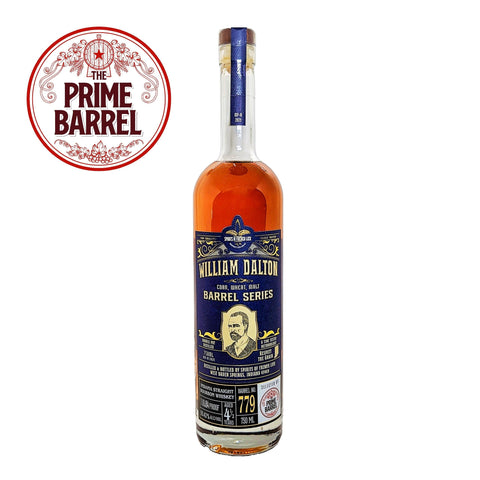Located in West Baden Springs Indiana, Spirits of French Lick opened in April of 2016 sporting the motto, “Respect The Grain”. The distillery is an extension of the French Lick Winery which has been privately owned by the Doty family since 1995. In November 2015, Alan Bishop was recruited from Copper and Kings Distillery to be the master distiller of Spirits of French Lick. This offer came with creative control of the distillery including what equipment, methods, traditions, and techniques were going to be implemented to create a variety of spirits.
Drawing from his past experience Alan created his own line of corn that was ten years in the making and comprised 150 parent varieties. In keeping with the tradition of naming seeds after songs, songwriters or musicians who inspire him, Bishop named it “Amanda Palmer”. “Amanda Palmer” is now grown on an eighteen-acre plot on the Spirits of French Lick farm, and is the basis of their bourbons. Yellow dent corn and other locally sourced grains such as oats, kasha, and buckwheat are also used in the mash bills of some of their expressions.
Other distinctive practices include using double pot distilling methods, a lower temperature four-day fermentation time, lower barrel entry proofs, and usage of number 2 charred barrels with toasted staves and heads. Bishop says this barrel choice is done for two reasons: By using pot stills he is able to make more precise cuts on the heads and tails of the distillate so that impurities (such as acetaldehyde and ethyl acetate) are at a minimum going to the barrel. This makes needing a heavier char as a filtration device unnecessary. Secondly, the distillate can more easily access the toasted layers underneath the char which contains the natural wood sugars and flavors he is after. SoFL has its own grain mill with a seed cleaner to help produce a cleaner spirit, free from flavors that are not wanted. Additionally, the grains (especially corn) are milled and used daily before it oxidizes to harness the most flavor. For their mainline products, Alan uses two different yeast strains. One is a “house” strain captured from the distillery and the other is one of three brandy yeasts that pull out the fruity and herbal flavors from the grain. If after all this you assumed SoFL spirits are never chill-filtered, you’d be correct.
Admittedly, we did not know much about them when the opportunity to select a barrel presented itself. After going a bit of research (outlined above), we uncovered a few interesting tidbits that got us intrigued even before we tasted through different barrels.
First, the distillery uses 70% Corn, 20% Wheat, and 10% 2-row Caramel Malted Barley for their William Dalton line (named after the master distiller at the Daisy Spring Distillery who worked there during the span of over 40 years from the 1830s.). Whiskey geeks will recognize that it was inspired by the old Stitzel Weller wheated bourbon mashbill.
Second, SoFL utilizes a mixture of an indoor barrel Chai (pronounced “shay”) meaning an above-ground storeroom usually associated with wine production, and Dunnage (a low-ceiling storeroom traditionally used in Scotland) for the maturation process. Their Chai room is built into the distillery itself and doesn’t have any active heating or cooling. Because it works on passive temperatures coming from the distillery, there is only a 30 to 40-degree variance in the barrel Chai throughout the year. This allows the aging process to continue all year long because it never gets too cold in order to sustain the volatility of the base grains. I can go on and on, but you get the idea. This distillery uses a lot of pre-prohibition techniques that also incorporate modern methods and experimentation.
When we finally got to tasting, all that information was very evident in the spirit. Everything we tasted was pretty solid, but we liked barrel #779 the best. Here's the barrel info:
- Barrel: 53-gallon Char #2 New American Oak, medium toast char on the heads.
- Barrel Entry Proof: 105
- Proof: 110.84
- Age: 4.5 Years
- Barrel #: 779
- Mash Bill: 70% Corn, 20% Wheat, 10% 2 Row Caramel Malted Barley. (Inspired by the old Stitzel Weller wheated bourbon mash bill).
Here's what you can look forward to:



